If you’re just getting into photography, you may be wondering why your images ‘look wrong’. Often this is because your images do not follow any particular compositional ‘rule’. Photo composition can be defined as how the photographer chooses to place the elements contained within their shot. Sometimes this can be harder than it sounds, so often photographers follow certain ‘rules’ that can instantly improve an image.
In this guide, we’ll explore three essential rules that form the backbone of compelling compositions—simple yet powerful techniques that can transform your shots from ordinary to extraordinary.
Rule of Thirds
One of the most foundational principles in photography composition is the Rule of Thirds. Imagine dividing your photograph into a 3×3 grid with two horizontal lines and two vertical lines, creating nine equally-sized squares (most cameras have a setting allowing you to add gridlines to your viewfinder). The key is to place your main subject or points of interest along these lines or at their intersections. This not only adds balance and harmony but also naturally draws the viewer’s eye to the focal points of your image.
The Rule of Thirds is based on the idea that off-centre compositions are more visually appealing and dynamic than centrally aligned ones. By adhering to this rule, you create a more engaging and aesthetically pleasing photograph.
The photo below follows this rule. Look at how the tree sits on the right vertical line, but that it is also positioned on the intersection of the right vertical and the bottom horizontal lines. The horizon is also on this bottom horizontal. Don’t you agree that this image would be a lot more boring if the tree was simply placed in the middle of the shot and the water/sky ratio was 50/50?

Whether it’s a portrait, a landscape, or an everyday scene, consider aligning your subject along one of the gridlines or placing a key element at an intersection point. This simple yet effective technique adds visual interest and allows the viewer to explore the entire frame, making your photos more captivating.
Leading Lines
Moving beyond the Rule of Thirds, let’s explore the power of Leading lines in photography composition. Leading lines are visual elements within an image that guide the viewer’s gaze along a path or trajectory. These lines can be straight, curved, or even implied by a series of connected elements.
Leading lines create a sense of flow, depth, and direction within a photograph. They not only guide the viewer’s eyes toward the main subject but also add a dynamic and storytelling element to your composition.
Look at the image below. It is clear how the photographer has intentionally used the crest of the sand dune as a leading line, drawing viewers eyes towards the human subject.

To put this rule into practice, identify natural or man-made lines in your scene, such as roads, pathways, fences, or even shadows. Arrange these lines strategically to draw attention to your focal point. Experiment with different angles and perspectives to see how leading lines can enhance the visual narrative of your photograph.
Balance
Now, let’s explore the concept of balance in photography composition. Balance involves the distribution of visual elements within a frame to create a harmonious and aesthetically pleasing image. Achieving balance doesn’t necessarily mean symmetry; rather, it’s about ensuring that no single element overpowers the others.
A well-balanced composition helps the viewer navigate the image effortlessly, preventing it from feeling cluttered or chaotic. It adds a sense of stability and order, making the photograph more visually appealing.
Below is an example, not only of balance but also leading lines. The dead tree provides the image with a foreground. Without it the image may have felt too top heavy or empty. The log also acts as a line to draw your view towards the wider landscape.
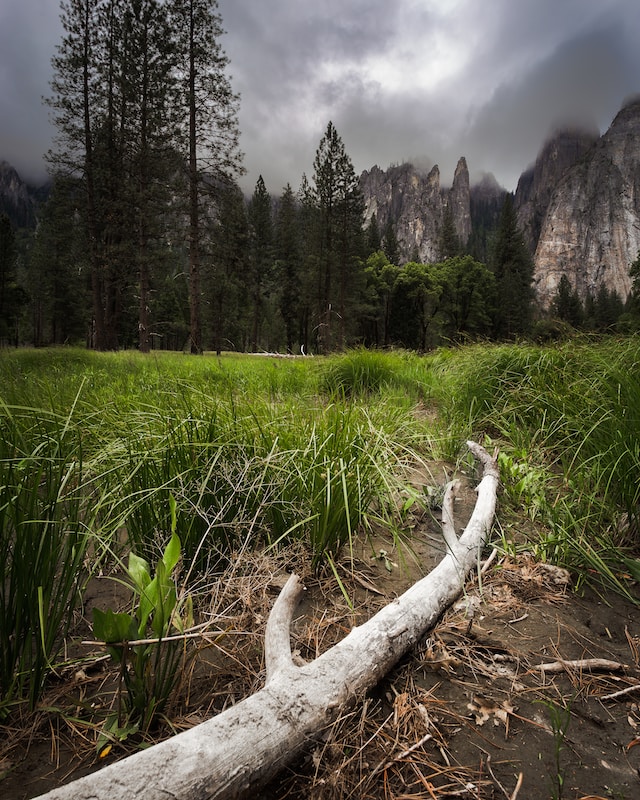
For your own images, consider the visual “weight” of different elements in your frame. Larger, more dominant subjects might be balanced by smaller, lighter elements. Experiment with asymmetrical balance by placing a single compelling subject on one side of the frame and counterbalancing it with less prominent elements on the other.
One final note…
As we wrap up our exploration of these essential photography composition ‘rules’, it’s crucial to remember that while these guidelines provide a solid foundation, photography is, at its core, an art form. The Rule of Thirds, Leading Lines, and Balance are tools to enhance your storytelling, not rigid constraints.
Photography invites experimentation and creativity. Don’t hesitate to break these ‘rules’ when it serves your artistic vision. The magic often happens when you push boundaries, try new perspectives, and let your unique style shine through.
Happy shooting!
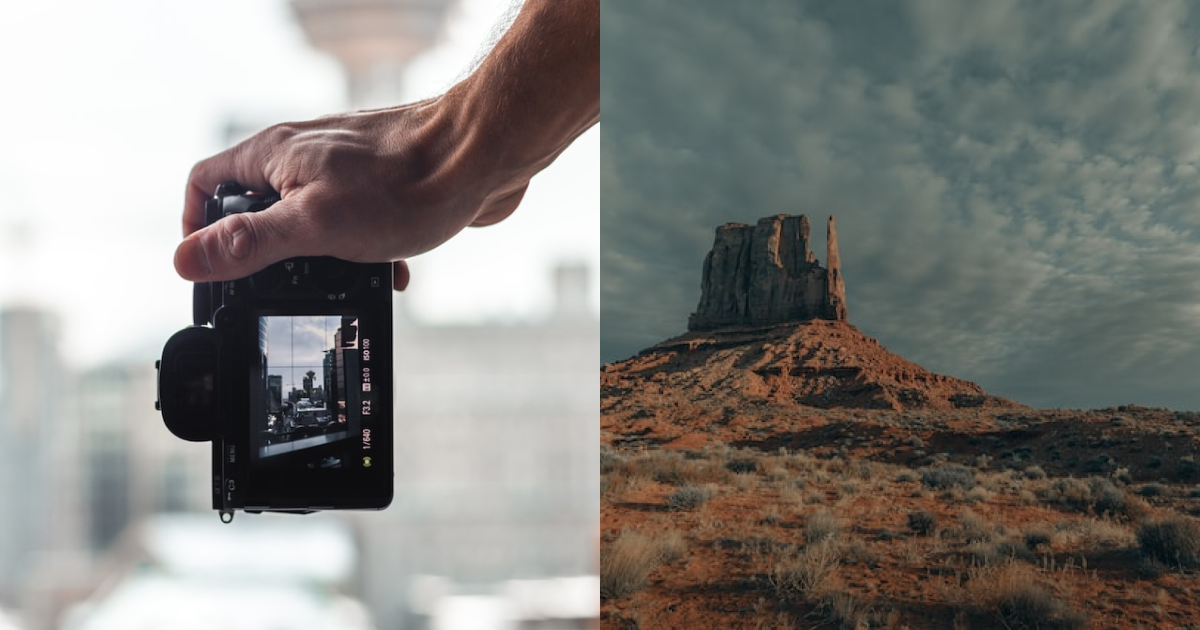


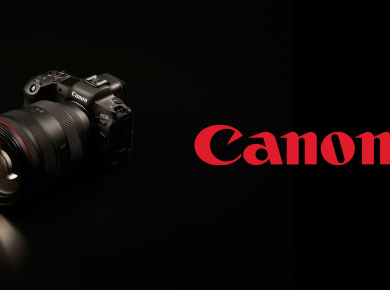








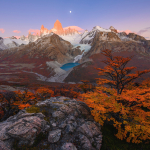
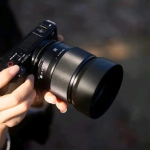
5 Comments